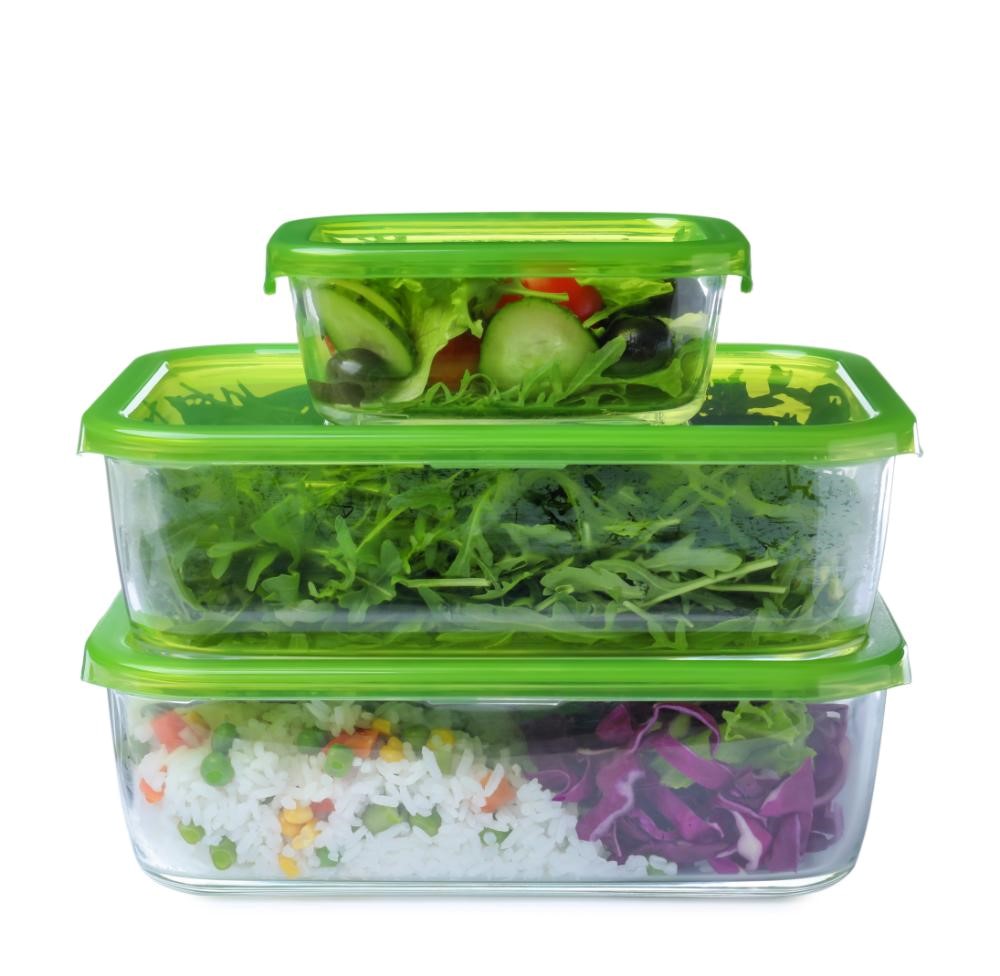
Have you ever wondered how that tub of potato salad stays fresh for days? Or why your milk doesn’t go bad right away? The unsung heroes are the humble food containers doing their job quietly in your kitchen.
The Fridge’s Sidekicks
Every time you open the fridge, those plastic tubs, bottles, and bags are hard at work preserving your goodies. Plastics like polyethylene and polypropylene form airtight seals to block moisture and air from seeping in and spoiling foods. Some even have special linings that absorb pesky ethylene gas given off by fruits and veggies. These tough polymers can take a beating too, getting knocked around without cracking or leaking.
The Microwavable Mavericks
Nuking a TV dinner is a cinch thanks to those microwaveable plastic trays and film covers. The trays are made from polypropylene that can withstand high temperatures without melting or chemicals leaching into your food. And don’t forget that clingy plastic wrap that is typically made from food-safe polyvinyl chloride that vents steam.
The Foam Knights
You know those white Styrofoam containers cradling your leftover pizza or Chinese takeout? That’s expanded polystyrene foam, also known as food packaging EPS, and it shields your meal from dents, moisture, and temperature changes until you dig in. The experts at Epsilyte explain that EPS is also used to make rigid insulated containers for shipping fresh foods long distances. Seafood, meats, and produce often travel cross-country nestled in this foam’s protective climate.
The Bag Brigade
From zippered plastic bags for snacks to paper sacks for groceries, portable packing is key for bringing foods safely home from the store. Many plastic bags now have vented ‘zippered’ seals to allow limited airflow and prevent soggy snacks. And those brown paper grocery bags? Their natural fibers are sturdy yet breathable for dry goods.
Breaking It Down
Plastics
The real superstars are definitely plastic polymers like polyethylene, polypropylene, polystyrene, and PVC. Their varied forms allow for flexibility, heat resistance, and secure sealing, which are ideal traits for food storage. Many are even microwaveable and dishwasher safe for easy reuse. The creation of these engineered plastics was a total game changer for keeping edibles fresh.
Foams
Expanded polystyrene foam containers provide sturdy cushioning along with temperature insulation. Their closed-cell structure blocks outside moisture while allowing a bit of airflow so contents do not get soggy. The white color also helps reflect light and heat away from what is inside. In many ways, foam is the ideal insulating buffer.
Papers & Cardboards
You can’t beat old standbys like paper bags, cardboard boxes, and cartons that use natural cellulose fibers to provide durable, breathable packaging. Some now have plastic coatings or inner liners to boost moisture resistance too. Simple but highly effective materials.
Metals
Cans made from aluminum or tin-plated steel create impenetrable barriers against light, air, humidity, and germs, which are great for extending the shelf life of foods. The lids can also be vacuum sealed to remove any residual air and lock in freshness.
Conclusion
From the fridge to the pantry, an unsung army of materials works tirelessly to preserve the freshness and safety of our foods. Plastics like polyethylene and polypropylene create airtight, moisture-blocking seals. Polystyrene foam cushions and insulates with its closed-cell structure. Paper and cardboard packaging offers breathable, durable protection. And metal cans create an impenetrable barrier against air, light, and contaminants.
Without these hardworking packaging heroes, our meals would spoil quickly and transporting perishables would be nearly impossible. So next time you reach for that milk carton or grab a snack bag, take a moment to appreciate the humble materials that extend the life of your edible goods.